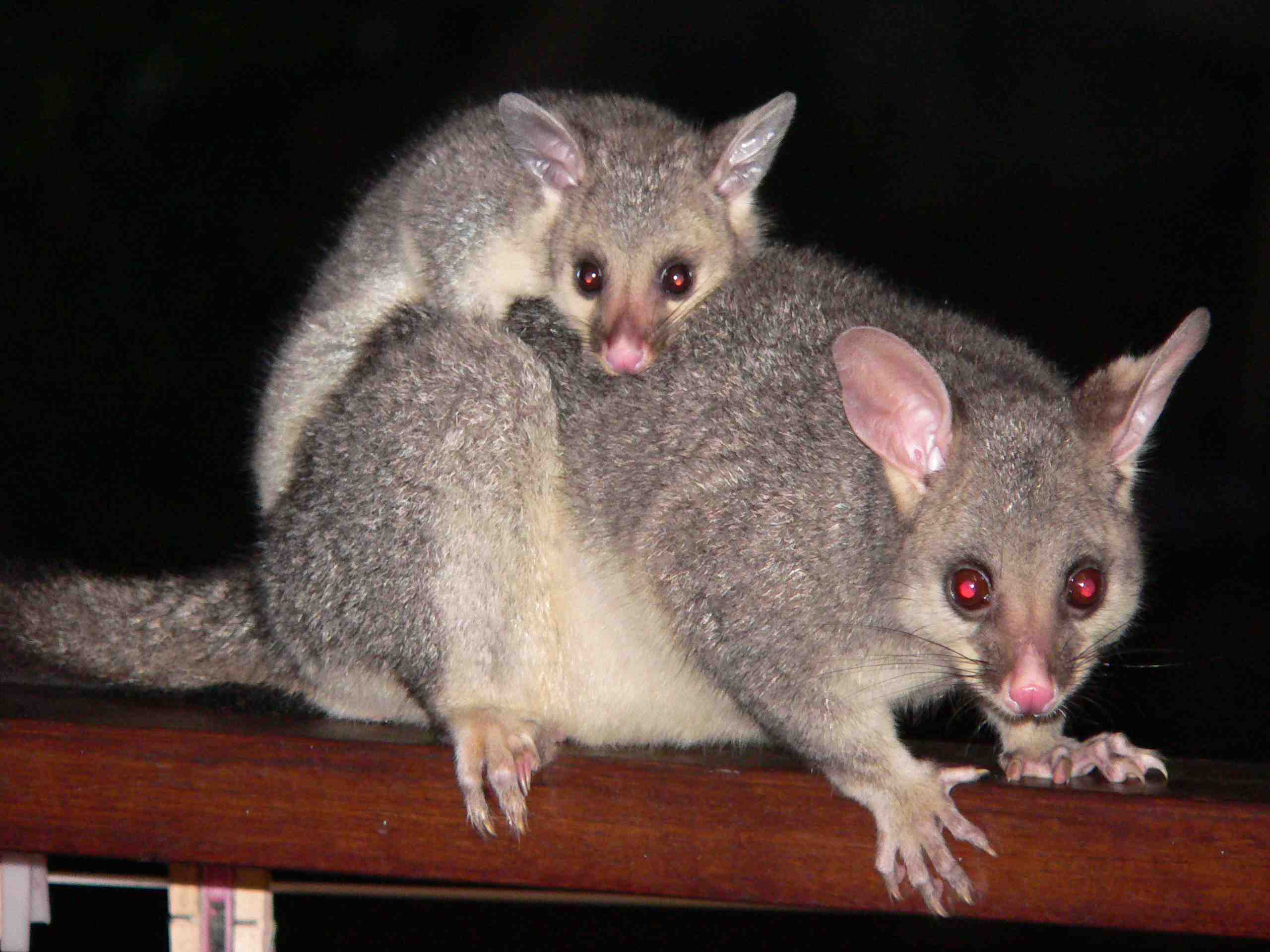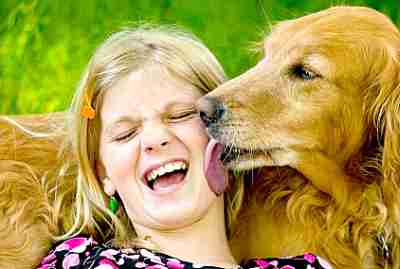It was a come-and-meet-a- real-live Canadian event when I first met Amy in Kansas in 2005, and when I first told her that sleeping with her dog was a microbiological risk.
I also told her French food was overrated and she shouldn’t eat rare hamburgers.
.jpg) She asked me out on a date.
She asked me out on a date.
In a study to be published in Emerging Infectious Diseases, veterinary scientists say sleeping with your pets increases the chances of contracting everything from parasites to the plague.
Andrew Schneider of AOL News reports most U.S. households have pets, and more than half of those cats and dogs are allowed to sleep in their owner’s beds.
Personal note: our dogs do not sleep in the bed, but the cats do, primarily in the winter when it’s too cold to go outside; in the summer we are of no use and the cats can disappear for days.
Drs. Bruno Chomel, a professor at the University of California, Davis, School of Veterinary Medicine, and Ben Sun, chief veterinarian for California’s Department of Health, say they .jpg) wanted to raise the attention of people, as sleeping with a pet is becoming quite common, and there are risks associated with it, even if it is not very frequent.
wanted to raise the attention of people, as sleeping with a pet is becoming quite common, and there are risks associated with it, even if it is not very frequent.
The authors found that "the risk for transmission of zoonotic agents by close contact between pets and their owners through bed sharing, kissing or licking is real and has even been documented for life-threatening infections such as plague, internal parasites" and other serious diseases.
This study and several others show that disease from cats is far more prevalent, and often more serious.
The number of cats snuggling up with their owner is far greater, which may explain the larger number of people acquiring feline-spawned diseases, Chomel explained.
Sharing our resting hours with our pets may be a source of psychological comfort, but because pets can bring a wide range of zoonotic pathogens into our environment, sharing is also associated with risks, the authors of the current study reported.
• A 9-year-old boy from Arizona got the plague because he slept with his flea-infested cat.
• A 48-year-old man and his wife repeatedly contracted MRSA (methicillin-resistant Staphylococcus aureus), which their physicians eventually attributed to their dog. The .jpg) animal "routinely slept in their bed and frequently licked their face," the California experts reported.
animal "routinely slept in their bed and frequently licked their face," the California experts reported.
• A Japanese woman contacted meningitis after kissing her pet’s face.
• A study published last August in the journal Pediatrics tracked an outbreak of salmonella in 79 people between 2006 and 2008 that was caused by contaminated meat in dry cat and dog food.
Half of the victims were children, who CDC investigators said "might also have played with the pet food and then put their hands — or the food itself — in their mouths."
.jpg) But they’re so cute.
But they’re so cute.

 without proper knowledge or testing. Although dog saliva may have antibacterial properties and Nerve Growth Factor, you can’t conclude from lab-controlled experiments, using purified concentrated compounds, that a dog licking a wound is beneficial.
without proper knowledge or testing. Although dog saliva may have antibacterial properties and Nerve Growth Factor, you can’t conclude from lab-controlled experiments, using purified concentrated compounds, that a dog licking a wound is beneficial..jpg) interacting with animals. The summary is below. The complete report is available at
interacting with animals. The summary is below. The complete report is available at  towels to hold it and then place those same items on your countertop. Always use separate utensils for raw and cooked foods, including cutting boards if possible.
towels to hold it and then place those same items on your countertop. Always use separate utensils for raw and cooked foods, including cutting boards if possible..jpg) She asked me out on a date.
She asked me out on a date..jpg) animal "routinely slept in their bed and frequently licked their face," the California experts reported.
animal "routinely slept in their bed and frequently licked their face," the California experts reported..jpg) In light of that, a reporter for the
In light of that, a reporter for the  petting zoo having substantial E coli O157:H7 contamination.
petting zoo having substantial E coli O157:H7 contamination. .jpg) Ben and I had arrived in Manhattan (Kansas) a couple of days earlier, and our first official function was to serve as the entertainment at a meeting of the Canadian Studies club at Kansas State University. They wanted to see what real hosers were like, and Ben and I wanted free sandwiches, so it worked out well.
Ben and I had arrived in Manhattan (Kansas) a couple of days earlier, and our first official function was to serve as the entertainment at a meeting of the Canadian Studies club at Kansas State University. They wanted to see what real hosers were like, and Ben and I wanted free sandwiches, so it worked out well. 